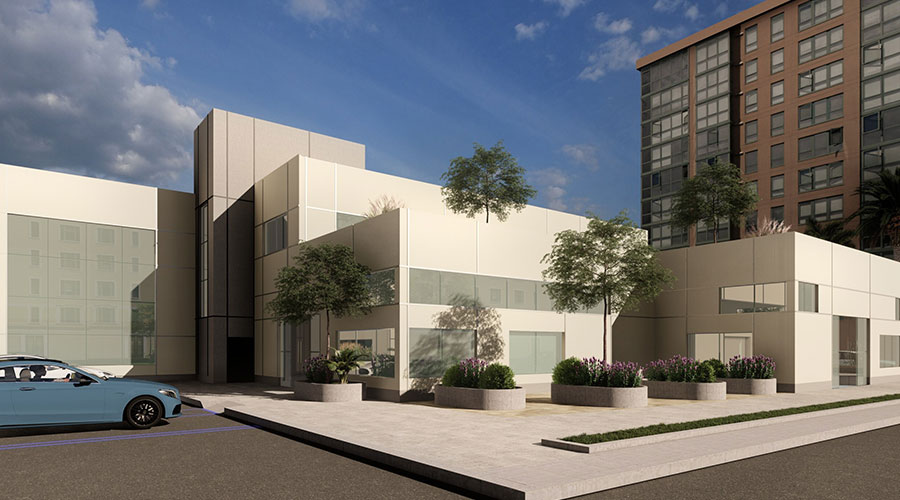An infrastructure that inludes the progressive integration of information systems with physical components such as power, HVAC and lighting — is necessary to survive in today’s healthcare industry, according to a story on the FaciltyCare website.
An integrated facilities infrastructure acts as a central nervous system by integrating systems such as power, building management, security and IT via an integrated control platform.
Hospital facility managers are urged to shift to a proactive position with a focus on anticipating building needs, recognizing potential problems and finding solutions through building technologies.
A number of barriers often exist to an integrated facilities infrastructure, including constrained budgets, process inefficiencies and aging infrastructure.

 UF Health Hospitals Rely on Green Globes to Realize Their Full Potential
UF Health Hospitals Rely on Green Globes to Realize Their Full Potential How Healthcare Facilities Can Be Truly Disaster-Resilient
How Healthcare Facilities Can Be Truly Disaster-Resilient TriasMD Breaks Ground on DISC Surgery Center for San Fernando Valley
TriasMD Breaks Ground on DISC Surgery Center for San Fernando Valley Bigfork Valley Hospital Falls Victim to Data Breach
Bigfork Valley Hospital Falls Victim to Data Breach AI-Driven Facilities: Strategic Planning and Cost Management
AI-Driven Facilities: Strategic Planning and Cost Management